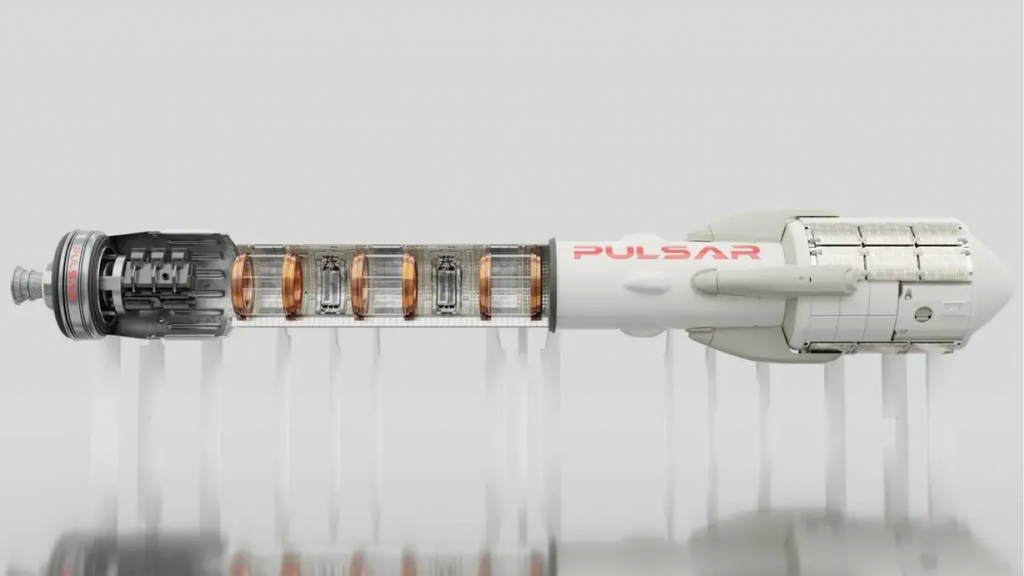A revolutionary nuclear fusion rocket developed by Pulsar Fusion has the potential to cut the travel time to Mars in half. With construction underway, Pulsar Fusion claims to be building the largest practical nuclear fusion rocket engine ever. The new rocket’s exhaust speeds could exceed 500,000 miles per hour, offering a significant advancement in propulsion technology for space travel.
Pulsar Fusion is making remarkable strides in space travel with the development of its direct fusion drive (DFD) rocket engine. This engine aims to achieve sustained heat by reaching temperatures hotter than the Sun, potentially exceeding several hundred million degrees. Richard Dinan, the CEO of Pulsar Fusion, explains that fusion propulsion is the inevitable next step, given fusion’s immense power compared to conventional ion thrusters used in orbit.
The construction of the fusion rocket engine is currently taking place at a test facility in Bletchley, England. The engine operates by generating energy through a fusion reactor, creating a plasma composed of electrically charged particles. These energetic particles are then converted into thrust using a rotating magnetic field.
One of the major challenges lies in confining the extremely hot plasma with an electromagnetic field. To gain a better understanding of this complex plasma behavior, Pulsar Fusion utilizes artificial intelligence (AI) machine learning techniques to analyze data from the PFRC-2 fusion reactor. Through simulations, the company assesses the performance of nuclear fusion plasma for propulsion as it exits the rocket engine, emitting exhaust particles at incredibly high speeds.
Dr. James Lambert, the CFO of Pulsar Fusion, highlights the difficulty of controlling the turbulent plasma, likening its behavior to an unpredictable weather system. Scientists have yet to achieve complete control as the plasma reaches temperatures of hundreds of millions of degrees, resulting in the reaction ceasing.
Nevertheless, if the challenges in the DFD system can be overcome, Pulsar Fusion asserts that it would drastically reduce travel times to destinations like Mars, Jupiter, and Saturn. For instance, astronauts aiming to explore Saturn’s moon, Titan, for potential signs of life could reach their destination in just two years instead of decades using a DFD drive. Additionally, this propulsion technology could enable space exploration beyond our solar system.
Stephanie Thomas, the vice president of Princeton Satellite Systems, collaborating with Pulsar Fusion in testing the rocket, describes the Direct Fusion Drive as a game-changing technology that promises faster deep space missions with abundant power. Thomas believes that this innovative approach to deep space exploration will not only save time and money but also enable scientists to conduct more comprehensive research once they reach their destinations.
This new nuclear fusion rocket engine represents a groundbreaking advancement in space propulsion. If successful, this technology has the potential to revolutionize space travel, significantly reducing transit times and opening up possibilities for exploration in our solar system and beyond.

